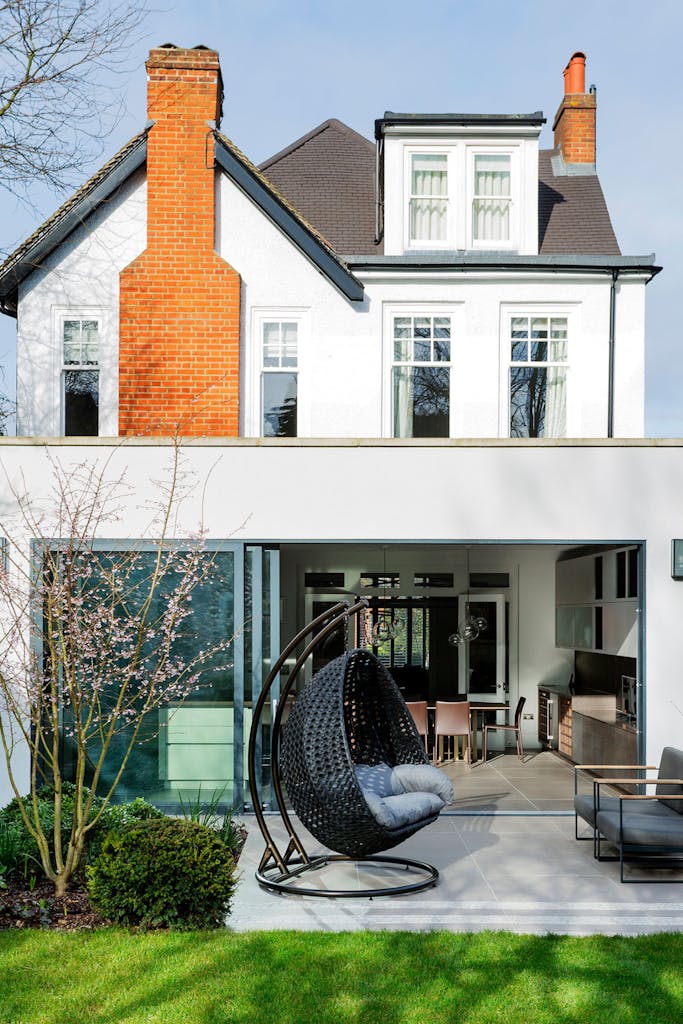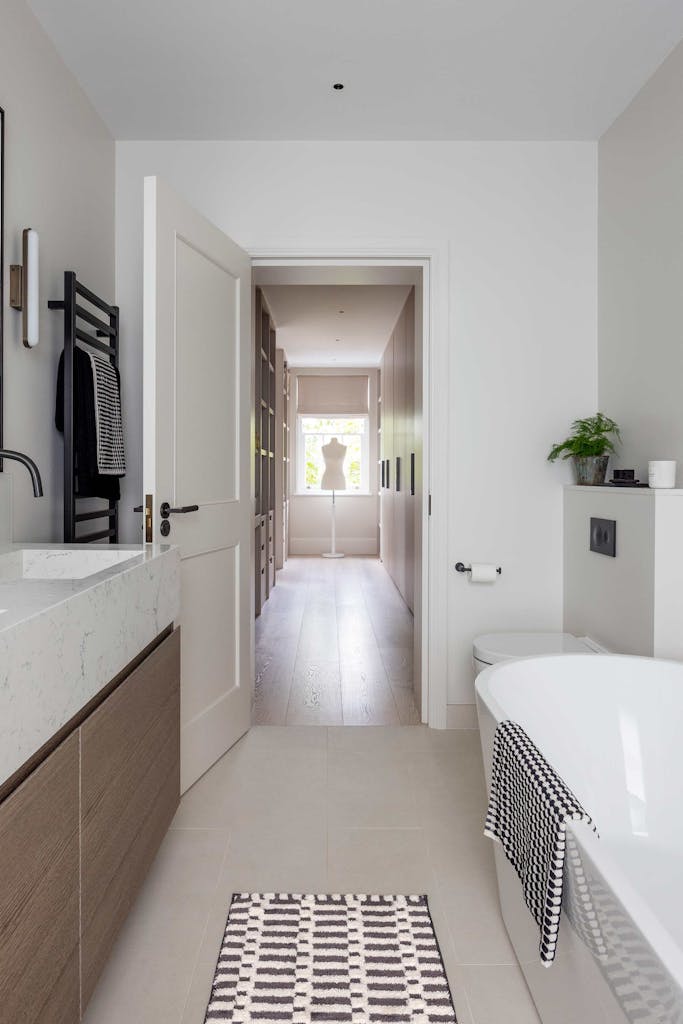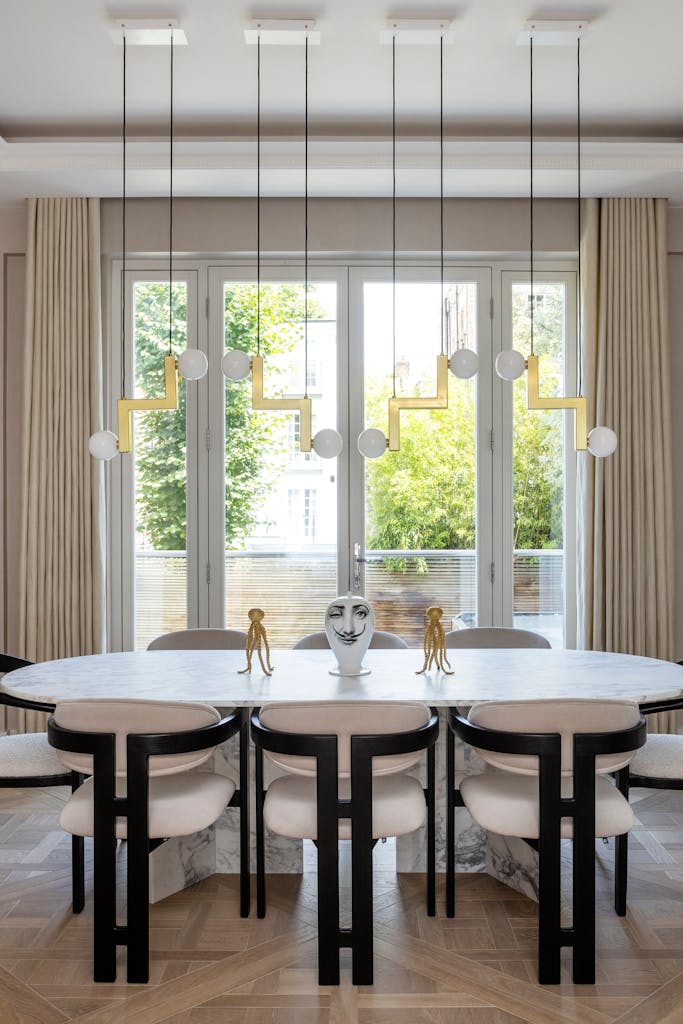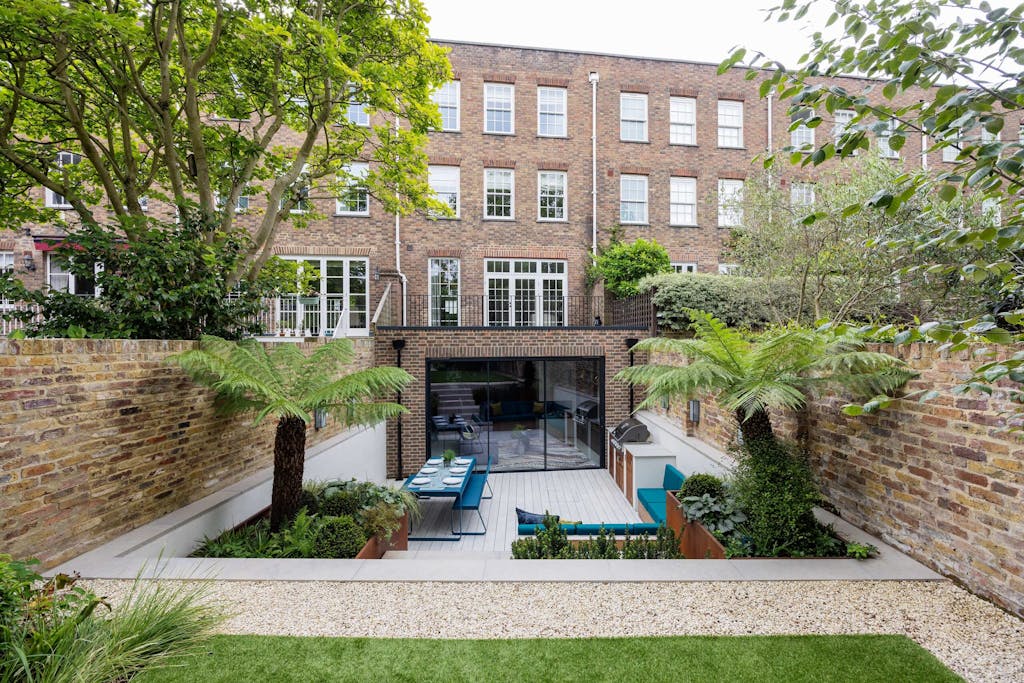
When it comes to the world of construction, the approach you choose can make all the difference to the outcome of a project. The two most prominent methods in the industry are the Design & Build (D&B) model and the Traditional Construction model. Each has its pros and cons, but for Zulufish the Design & Build method is often the better choice, offering streamlined processes, cost savings, and more flexibility throughout the project.

Understanding the Key Differences
- Traditional Construction: In the traditional approach, the project is split into two distinct phases. The client hires an architect or design team to create detailed plans and specifications, and then a contractor is selected to execute the work. These processes are often done sequentially, meaning there is a clear division between design and construction.
- Design & Build: In contrast, the Design & Build model integrates both the design and construction under a single contract. One entity is responsible for both the design and the construction, ensuring seamless collaboration from start to finish.

Faster Project Delivery
In traditional construction, the process is divided into separate phases—design, tender, and then construction. This means that if issues arise during the design or construction stages, the project could face significant delays while adjustments are made.
In the Design & Build model, however, the design and construction teams work together from the outset, ensuring that any challenges are addressed earlier. Because the design team works in parallel with the construction team, decisions can be made quickly, reducing delays and shortening project timelines.
Opting for Design & Build can help complete projects faster without compromising on quality.
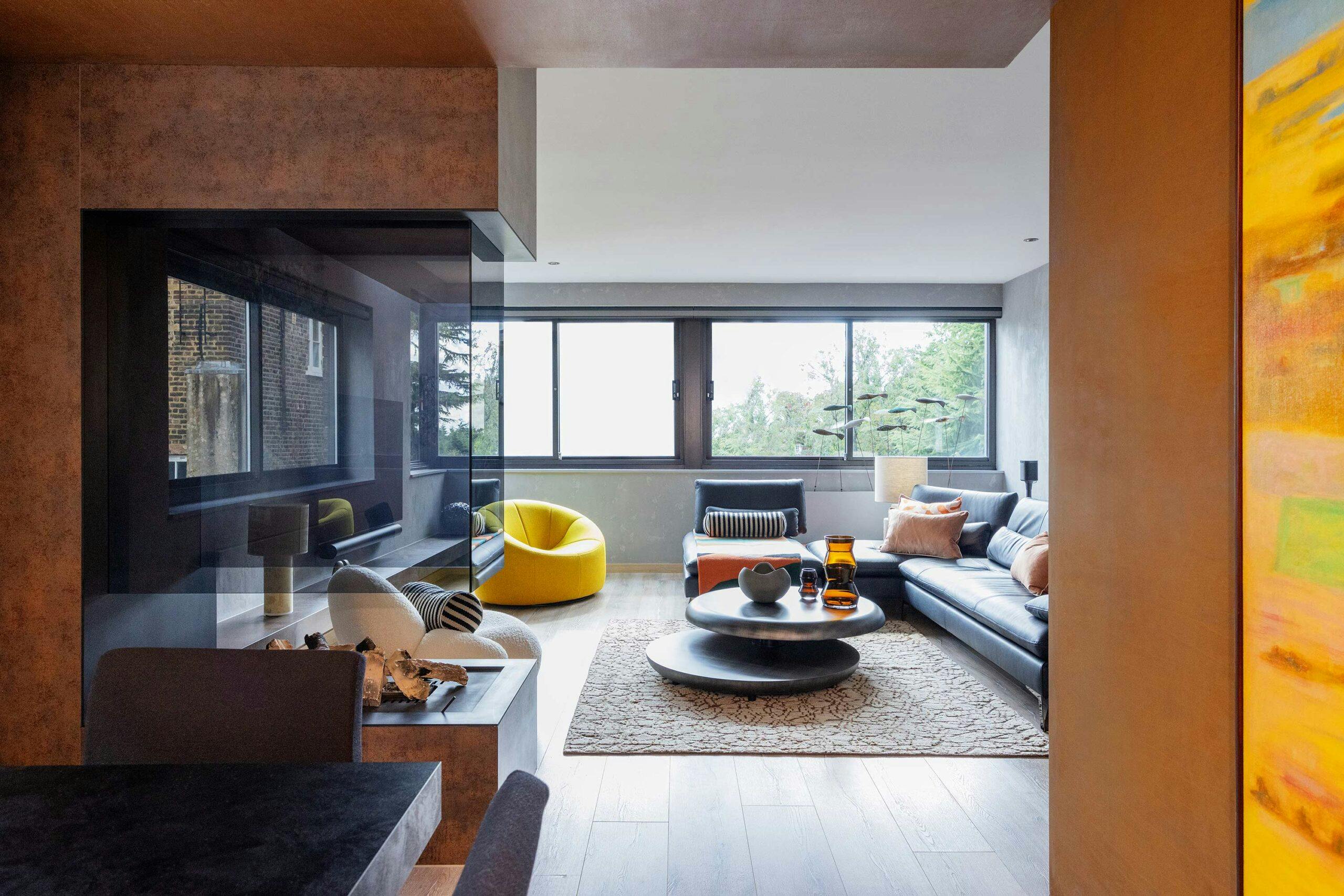

Better Cost Control
Traditional construction often leads to a fragmented budgeting process. Since design and construction are handled by separate entities, cost estimates may not always align with the actual cost of construction. Changes or errors in the design can lead to cost overruns, and because the design team and construction team don’t share direct responsibility, the cost escalation can spiral out of control.
With Design & Build, the client receives a comprehensive cost estimate early in the process. The contractor and designer are on the same team, meaning that they can work within a set budget, preventing unforeseen costs from arising. The integrated nature of this approach leads to better financial predictability, which is crucial for managing resources effectively.
For Zulufish, this means reduced risk of budget overruns, allowing for more efficient allocation of funds across other elements of the project.
Improved Communication & Collaboration
A common challenge in traditional construction is miscommunication between the design team and the contractors. If there are discrepancies between the design and what can be practically built, the resolution process can be lengthy and costly. Different teams often work in silos, which may result in delays, errors, or even conflicts.
With Design & Build, the designer and builder are part of the same team, meaning there is a collaborative approach throughout the project. This integrated communication ensures that all parties are aligned, significantly reducing misunderstandings and issues that arise due to lack of coordination.
At Zulufish, where creativity and innovation are key, this collaborative environment ensures that every aspect of the design and build process is executed in harmony, enabling a streamlined project delivery.

Increased Accountability
One of the significant advantages of the Design & Build method is the single point of accountability. In traditional construction, if an issue arises during the construction phase that is related to design flaws, it can be difficult to determine who is responsible. This can result in a disconnect between the architect, the contractor, and the client, slowing down problem resolution.
With Design & Build, the responsibility for both design and construction lies with the same company. This means that if there are any issues with either phase, the client only needs to turn to one party for resolution. This streamlined accountability undoubtedly speeds up problem-solving and results in peace of mind and a smoother project experience, knowing that a single point of contact is overseeing every aspect of the process.
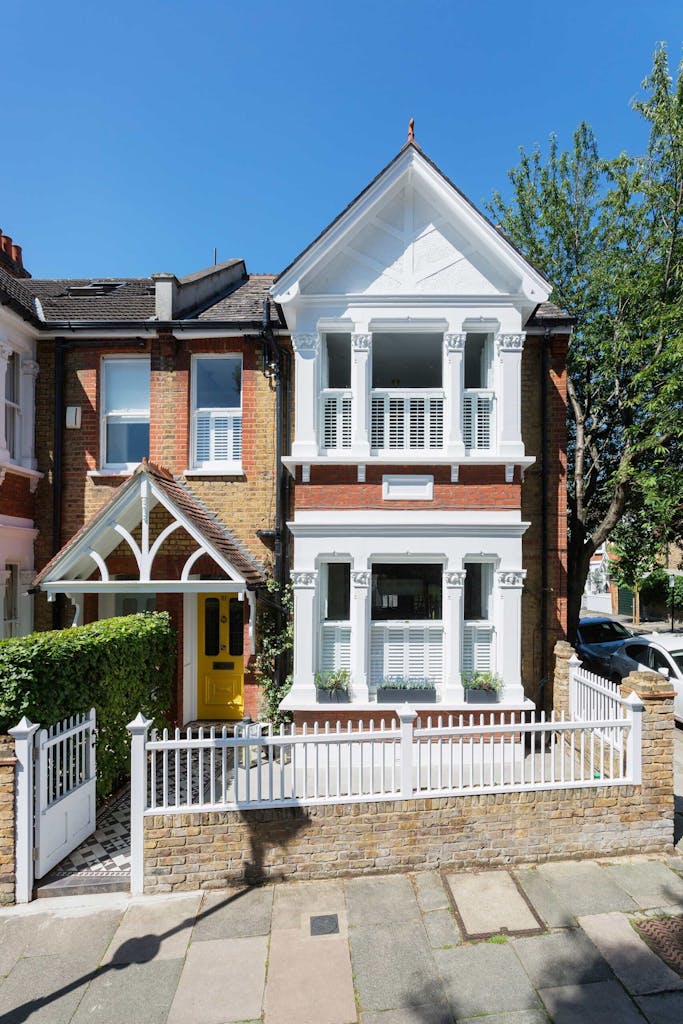
Enhanced Design Innovation
While the traditional model separates the design and construction phases, limiting the exchange of ideas between the architect and the builder, the Design & Build method encourages innovation. Since the designer and builder collaborate closely from the beginning, there is greater potential to explore creative solutions that benefit both aesthetics and functionality.
This is particularly important for Zulufish, and our ability to rapidly iterate on ideas, adjust plans based on feasibility, and ensure designs are both imaginative and practical can elevate the outcome.
Reduced Risk of Disputes
Given that Design & Build involves a single party overseeing both design and construction, the likelihood of disputes between designers, contractors, and clients is minimised. In traditional construction, disagreements can arise over design flaws, timelines, and costs, which can lead to contentious negotiations and legal disputes.
By consolidating responsibility under one roof, Zulufish can avoid these potential conflicts and focus more on delivering an exceptional-quality project. The reduced risk of disputes also helps maintain a positive relationship between the client and the contractor, creating a more pleasant working environment.
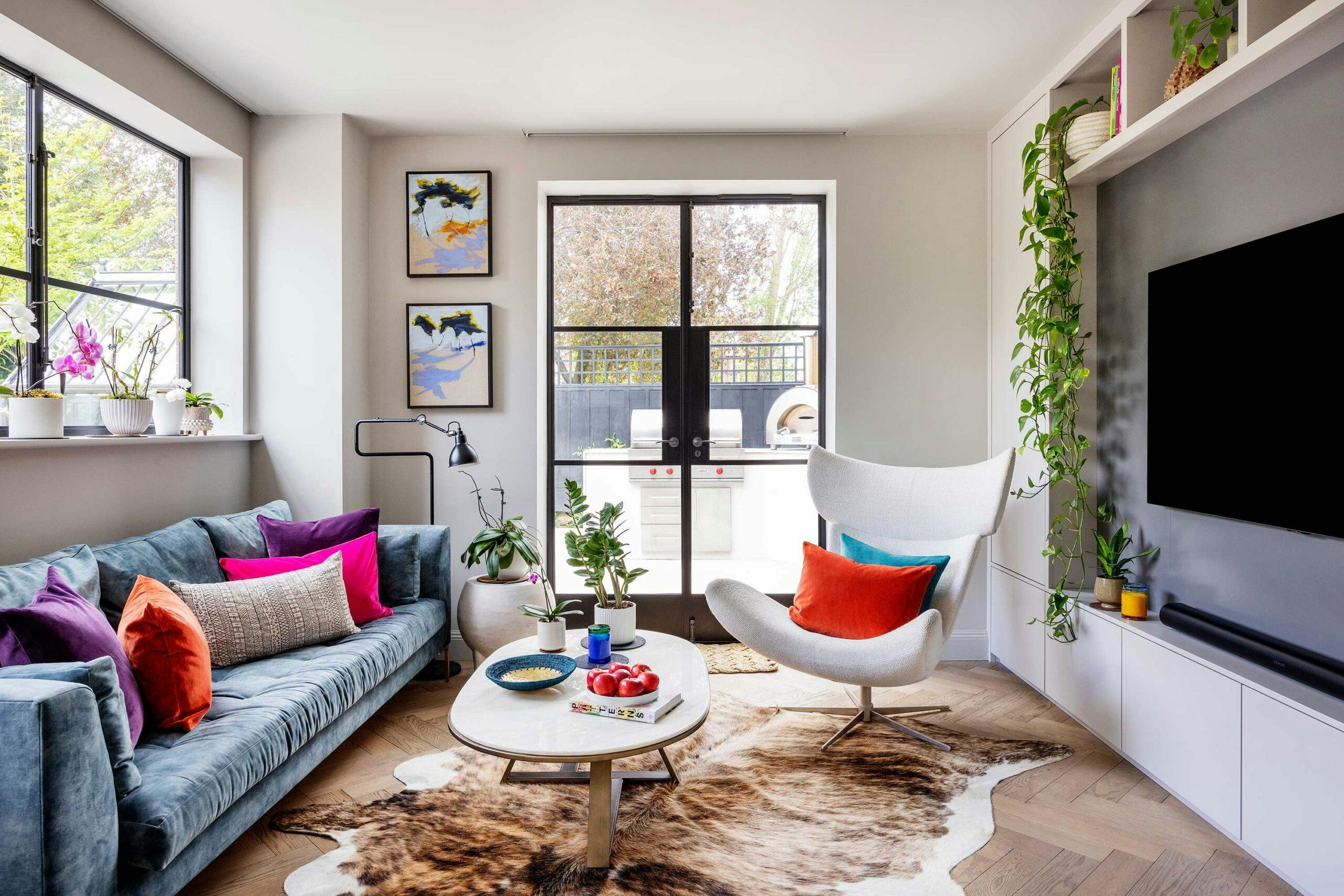
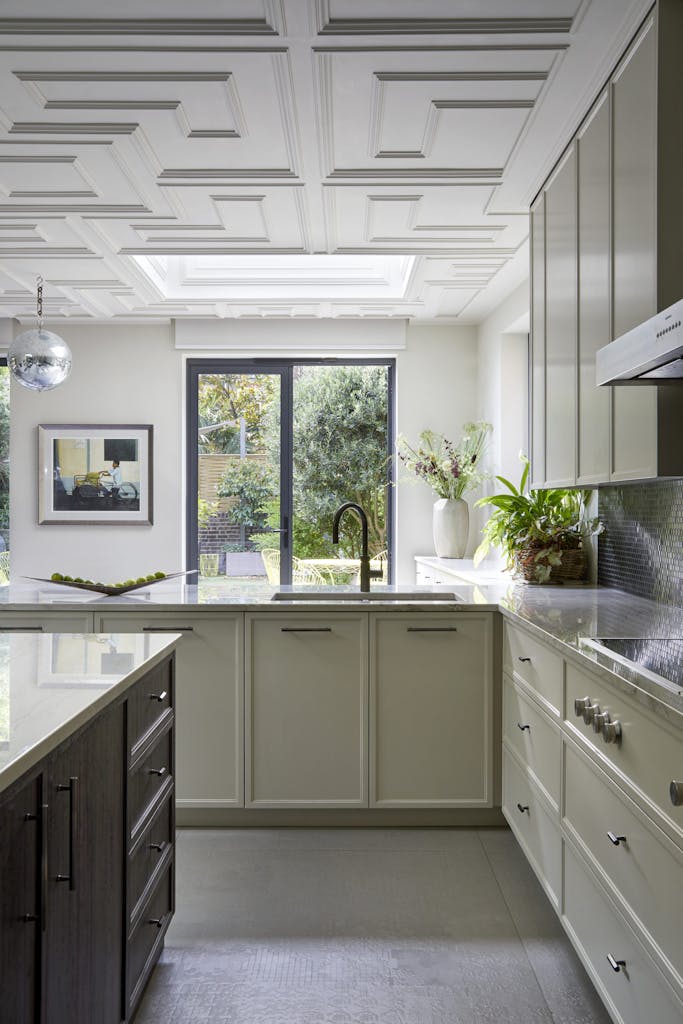
More Flexibility & Adaptability
Changes are inevitable in construction projects. Whether it’s a shift in design preferences or an unforeseen challenge during the build, how those changes are managed can significantly impact the project’s success.
With Design & Build, the team is already familiar with the project’s scope and can quickly adapt to changes without needing to re-coordinate between multiple parties. This flexibility is invaluable and enables quick adjustments to aspects of a project, while ensuring everything continues to run seamlessly.
Conclusion
The decision to adopt Design & Build over traditional construction can bring numerous benefits. From faster project delivery and cost control to increased collaboration and accountability, the Design & Build model offers a streamlined, innovative approach that ensures projects are completed on time, within budget, and with a high degree of creative excellence.
At Zulufish, we ensure efficiency, adaptability, and outstanding results. So, when you’re ready to start your next construction project, choose Design & Build as the key to achieving success!
Browse our portfolio to see the proof or get in touch today to start your project with confidence.
